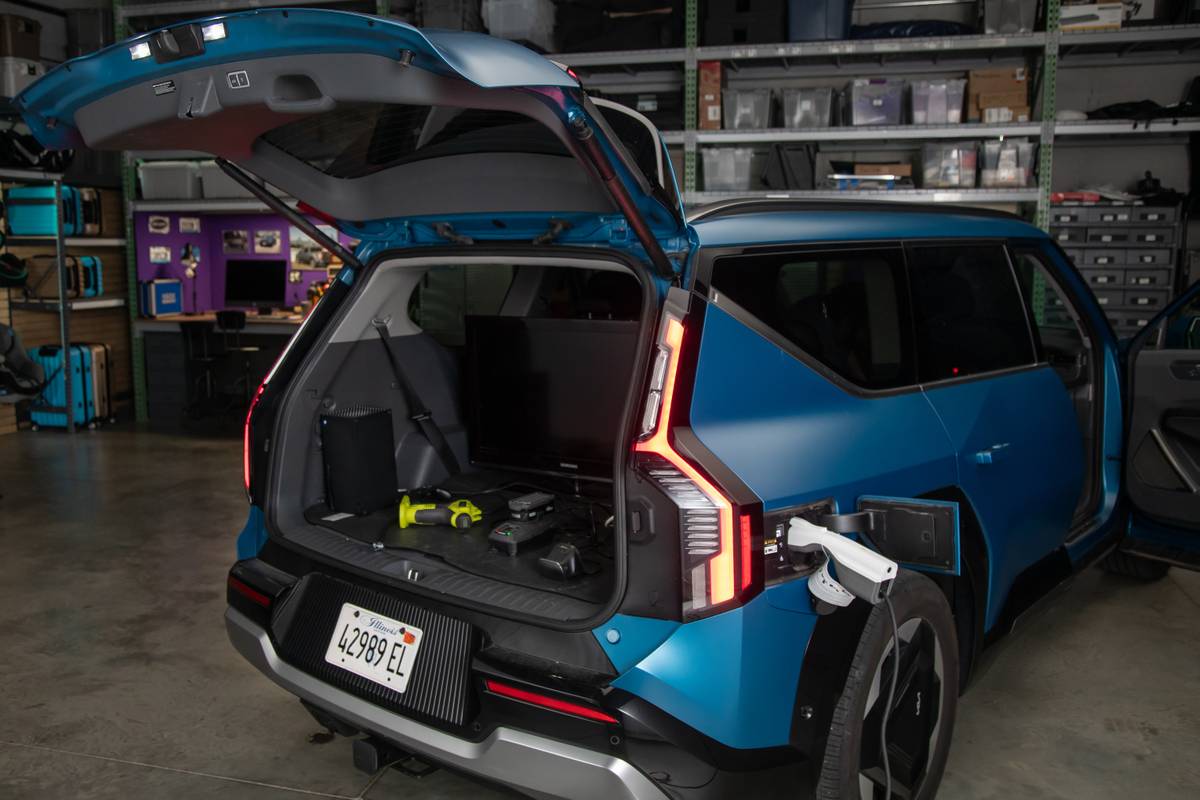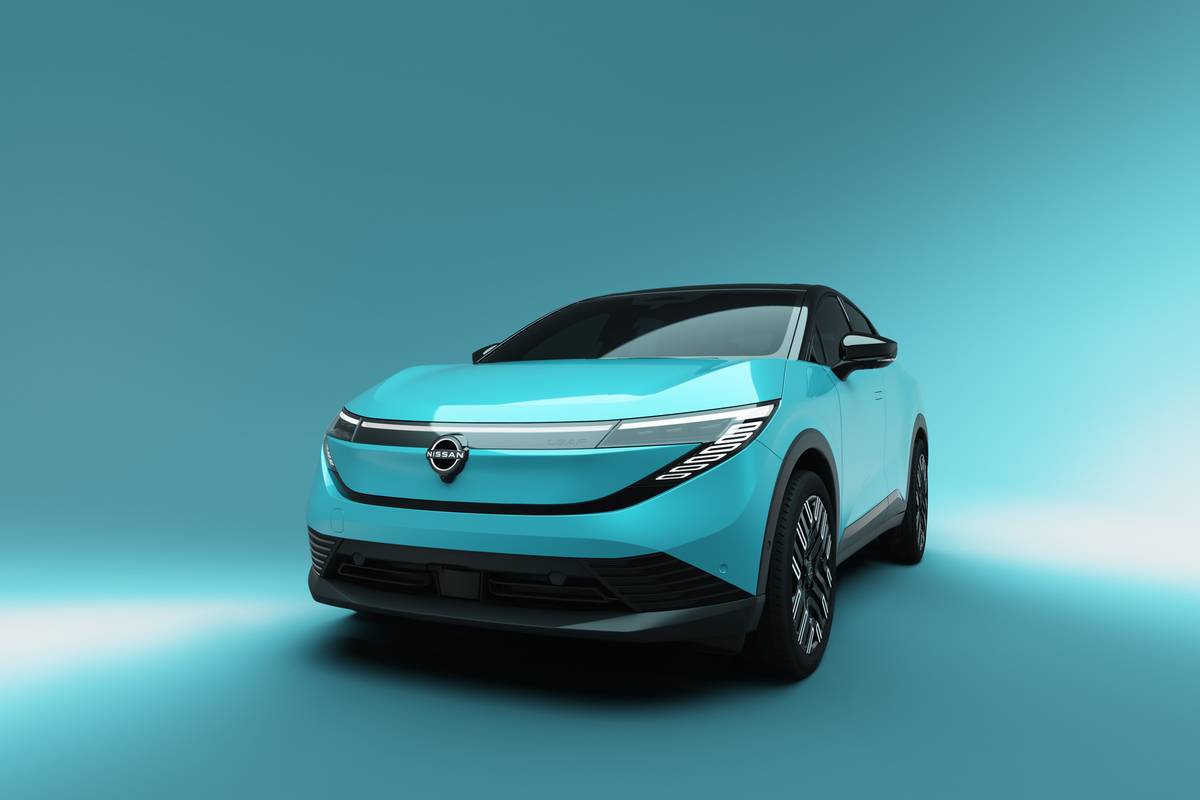Orlando Sentinel's view
In the United States, Toyota’s Lexus division is making life miserable for Mercedes-Benz.
In just two years the Japanese brand of luxury cars has replaced Mercedes-Benz at the top to become the best-selling brand of imported luxury cars in the United States, a position Mercedes-Benz held for at least two decades.
Lexus has done it mostly on the phenomenal appeal of its LS 400, a $45,000 V-8 powered luxury sedan that unashamedly steals many of its styling cues from Mercedes-Benz.
Though Mercedes refuses to compete with Lexus on price, it does field a car that is competitive in specifications with the LS 400.
It’s the Mercedes-Benz 400E, and it is a mid-sized luxury car designed especially to appeal to U.S. luxury car buyers.
The 400E has been on the market since late last year, so it’s a bit too early to tell whether it can steer luxury buyers back to Mercedes-Benz.
PERFORMANCE
The standard luxury car engine these days seems to be a four cam, 32-valve V-8.
That’s what you find under the hoods of the LS 400, Infiniti Q45, in the upcoming 1993 Cadillacs and in this week’s test car.
The 400E’s whisper-quiet aluminum V-8 develops a civilized 268-horsepower. This engine is strong enough to send the 3,660-pound sedan hurtling to 60 mph in just 7.0 seconds, more than 1.3 seconds faster than the Lexus, but a 10th of a second slower than the Infiniti Q45.
Mercedes builds the 400E with a four-speed automatic transmission, which in terms of refinement comes up far short when compared to the transmissions in the competition.
The shifts are harsh and sometimes vague when the car is accelerating rapidly.
Gas mileage is EPA-rated at 16 mpg in the city and 21 on the highway. In nearly 500 miles, the 400E averaged 13 mpg in the city and 18 on the highway, but I was using the air conditioner.
By the way, there is a $1,300 ”gas guzzler” tax that is added into the 400E’s $55,800 price. As for the competition, the Infiniti Q45 has a $1,000 gas guzzler tax while the Lexus is not taxed.
HANDLING
Thanks in part to independent suspension front and rear, the 400E is agile, athletic and capable of all sorts of highway gymnastics.
Unlike the very heavy S-class cars, you feel confident as you fling the 400E into curves and pull off quick passing maneuvers at high speeds. The body stays straight and the tires remain flat on the pavement in aggressive driving.
The 400E’s steering is light. It’s not quite as crisp and responsive as in other sports sedans. Mercedes uses a recirculating ball-type steering system rather than the industry-standard rack and pinion setup.
Brakes are four-wheel power-assisted ventilated discs with an anti-lock system standard.
The 400E comes with a traction control system that prevents tires from losing grip. If the sensors detect a tire is slipping on one of the rear wheels, the car’s computer automatically applies the b rake on that wheel. If both tires are slipping, the brakes are applied and the engine is automatically throttled back.
FIT AND FINISH
If the car has a weak point it may be in the equipment that you don’t get.
There’s no CD player, no keyless (radio-controlled) entry or lighted outside door locks. There’s also no glove box.
To its credit the 400E comes with driver and passenger side airbags and a full array of power accessories.
The leather covered seats are just OK. The lower cushion on the driver’s seat bottomed out when I first sat down upon entering the car. I weigh 156 pounds, so I was not placing an unusually heavy load on the seats.
However, once situated the seats are comfortable, orthopedically firm and they provide good lower back support. A two-hour trip proved to be easy going. The seats are electrically adjustable. The headrests are electrically raised and lowered.
The rear headrests can block vision, but a switch on the dashl wers them quickly.
Mercedes-Benz gets credit for the best feature I’ve seen in a car this year. The 400 E has an electrically operated rear sunscreen that can also be raised at night when someone pulls up behind you with their brights on. Excellent touch.
The wood on the dash was so polished that it didn’t even look real. It may not have been. There’s no mention of it in the press materials or on the window sticker.
All in all the 400E is a fast, powerful and competent sports sedan.
If the 400E was priced more competitively, it might give the Japanese something to worry about. In these economically rough times, far fewer luxury car buyers seem willing to shell out thousands of extra dollars just for a name – even if that name is Mercedes-Benz.
Truett’s tip: This model is the German automaker’s answer to Japan’s V-8 powered luxury sedans, the Lexus LS 400 and, to a lesser extent, Infiniti’s Q45. It’s a fast and competent sports sedan, but Mercedes might have priced itself out of the market. The 400E is about $10,000 higher than its Japanese rivals.
Latest news



